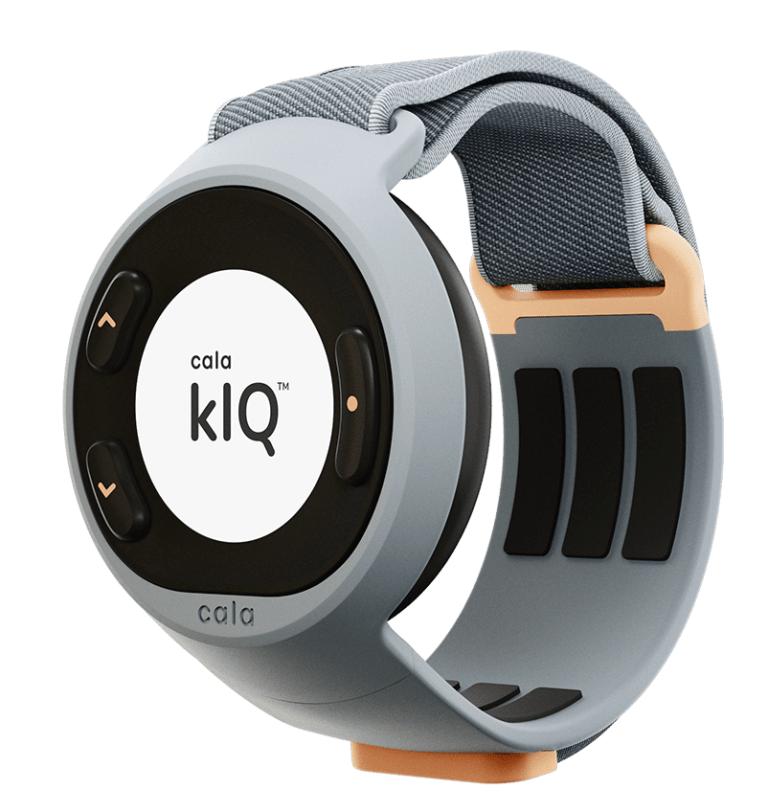Trending Article
Apple’s Journey Towards In-House Wi-fi Chips: What’s Next?
Apple has been on a transformative journey towards designing its own wireless chips, and recent developments suggest that the finish line is finally in sight. Renowned analyst Ming-Chi Kuo recently shared insights on X (formerly Twitter) that indicate Apple is set to roll out its proprietary Wi-Fi and Bluetooth chips beginning with the iPhone 17, slated for release in the latter half of 2024. This shift marks a significant evolution in Apple’s strategy, as the tech giant aims to consolidate its control over the technology that powers its devices.

A New Era for Apple’s Wireless Technology
The transition to in-house chips is a move that underscores Apple’s commitment to self-sufficiency and innovation. By developing its own Wi-Fi and Bluetooth chips, Apple will reduce its reliance on third-party suppliers, particularly Broadcom, which has supplied Wi-Fi chips for Apple devices in the past. This shift not only promises to enhance the performance and efficiency of Apple’s devices but also allows for deeper integration of hardware and software, a hallmark of Apple’s design philosophy.
The iPhone 17: A Turning Point
According to Kuo, the iPhone 17 will be the first device to feature both an Apple-made modem and Wi-Fi chip. This dual integration represents a significant leap forward for Apple, allowing the company to tailor connectivity features more closely to its hardware ecosystem. By developing its own modem, Apple aims to create a more seamless user experience, which has been one of the driving forces behind its product development strategies.
The integration of these custom chips is expected to enhance not only connectivity but also battery life and overall device performance. Apple has been known for its meticulous attention to detail, and this shift could result in even more optimized power consumption and connectivity speeds for its flagship devices.
The iPhone SE 4: A Budget-Friendly Upgrade
While the iPhone 17 garners much of the attention, it’s worth noting that the upcoming iPhone SE 4 is also set to make waves in the smartphone market. Expected to launch in spring 2025, this device will reportedly be the first to utilize Apple’s homemade 5G modem, though it will continue using a third-party Wi-Fi chip from Broadcom.
The iPhone SE line has historically been targeted at budget-conscious consumers, but the anticipated upgrades indicate a shift in that strategy. Rumors suggest that the iPhone SE 4 will feature an OLED screen for the first time, alongside advancements like Face ID and support for Apple’s burgeoning AI initiatives. These enhancements reflect Apple’s efforts to bridge the gap between premium features and more affordable price points.
However, with these upgrades could come a higher price tag, prompting speculation about whether the iPhone SE will continue to be seen as a budget-friendly option or evolve into a more premium offering in its own right. This could fundamentally change how consumers perceive the SE line and what they expect from devices within that price range.
The Challenges of Developing Modems
Apple’s pursuit of an in-house modem is not without its challenges. The company has been striving to reduce its dependence on Qualcomm’s RF modems since acquiring Intel’s modem division in 2019. This decision was fueled by a desire for greater control over the technology that drives its devices, as well as ongoing tensions between Qualcomm and Apple.
In recent years, Apple had aimed for the iPhone 15 to debut with its new modem, but this goal was ultimately deemed unrealistic. As the development timeline progressed, it became clear that the modem was not ready for this year’s iPhones. This delay illustrates the complexities involved in modem development, which can be influenced by a range of factors including technology maturity, manufacturing capabilities, and regulatory hurdles.
A Look at Apple’s Competitive Landscape
Apple’s push for in-house wireless chips is part of a broader trend in the tech industry, where companies are increasingly looking to control more of their supply chains. This move is not merely a reaction to the market; it’s a proactive strategy to enhance competitiveness. By creating proprietary chips, Apple can innovate faster and implement new features that are uniquely optimized for its hardware.
Moreover, this strategy places Apple in a better position to compete with other major players in the tech ecosystem, such as Google and Samsung, both of which have made significant investments in custom silicon for their devices. As the market for mobile technology becomes increasingly competitive, Apple’s focus on in-house development will likely serve to fortify its market position.
The Future of Apple’s Wireless Technology
Looking ahead, Apple’s foray into in-house wireless chips could have far-reaching implications for the company and its customers. The ability to develop and integrate custom chips allows Apple to tailor its devices more closely to user needs, potentially leading to innovations that redefine the smartphone experience.
Additionally, the success of these initiatives could encourage Apple to explore other areas of chip development. If the transition to in-house modems and Wi-Fi chips proves successful, it could set the stage for further advancements in other components, such as graphics processors or AI accelerators, allowing Apple to push the boundaries of what its devices can achieve.










